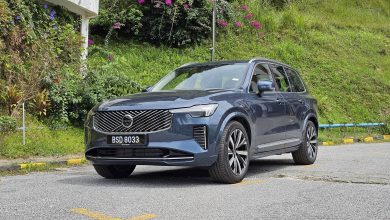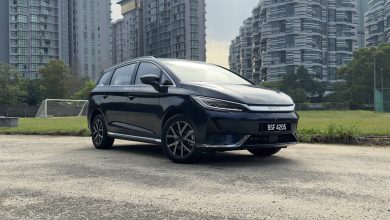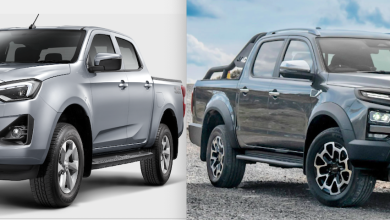Current EVs Are Ruining The Whole Concept Of The Car
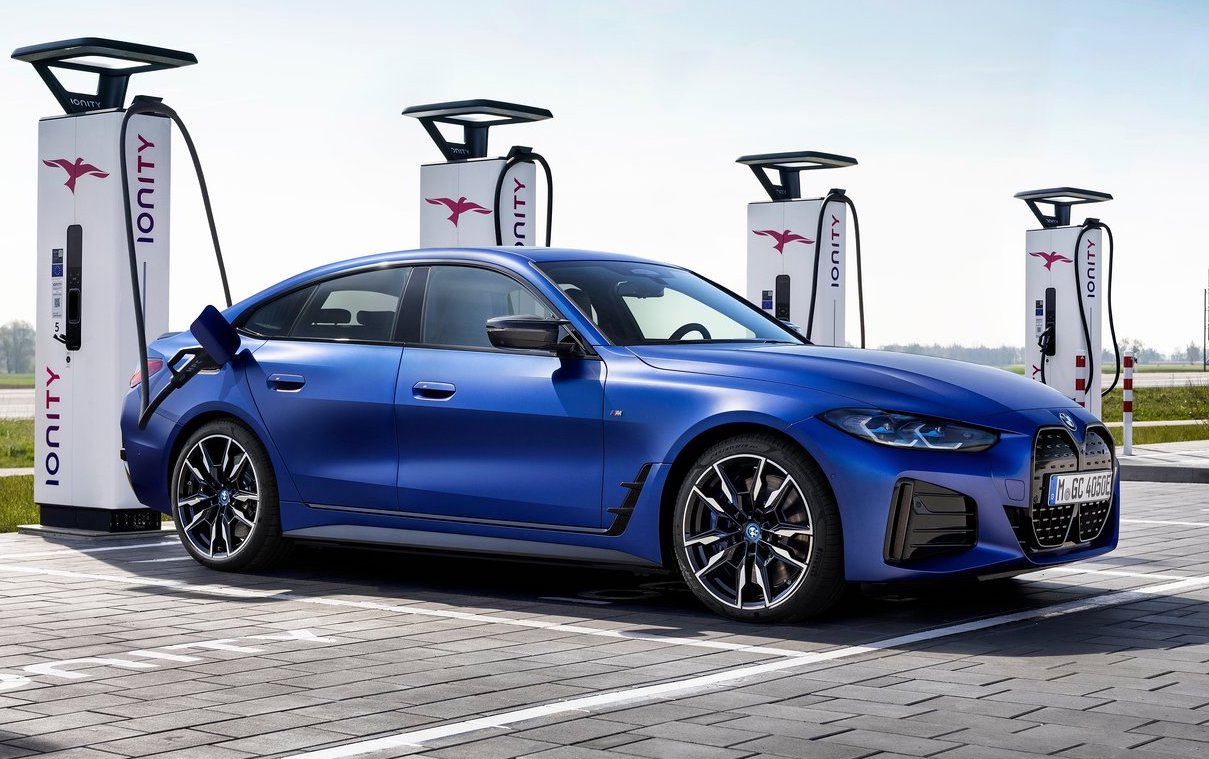
Cars are supposed to be the symbol of freedom, but do the current crop of EVs offer that privilege?
Despite how much those will need their petrol to be pried off their cold dead hands lament otherwise, EVs, it has to be said, is undoubtably the future of cars. There is simply no arguing that the electric motor will be superseding the internal combustion engine moving forward, and the age of burning dead dinosaurs will soon be relegated to the pages of history.
Though while EVs may breathe life into the future of the car, there is however also the rather compelling argument that the current crop of fully-electric vehicles are simultaneously ruining the whole concept of the car too. This is because the most fundamental idea of cars revolves around the freedom that it offers to its users, and this notion of being able to go anywhere is still unfortunately not really achieved by these battery-powered cars, at least in their present iteration that is.
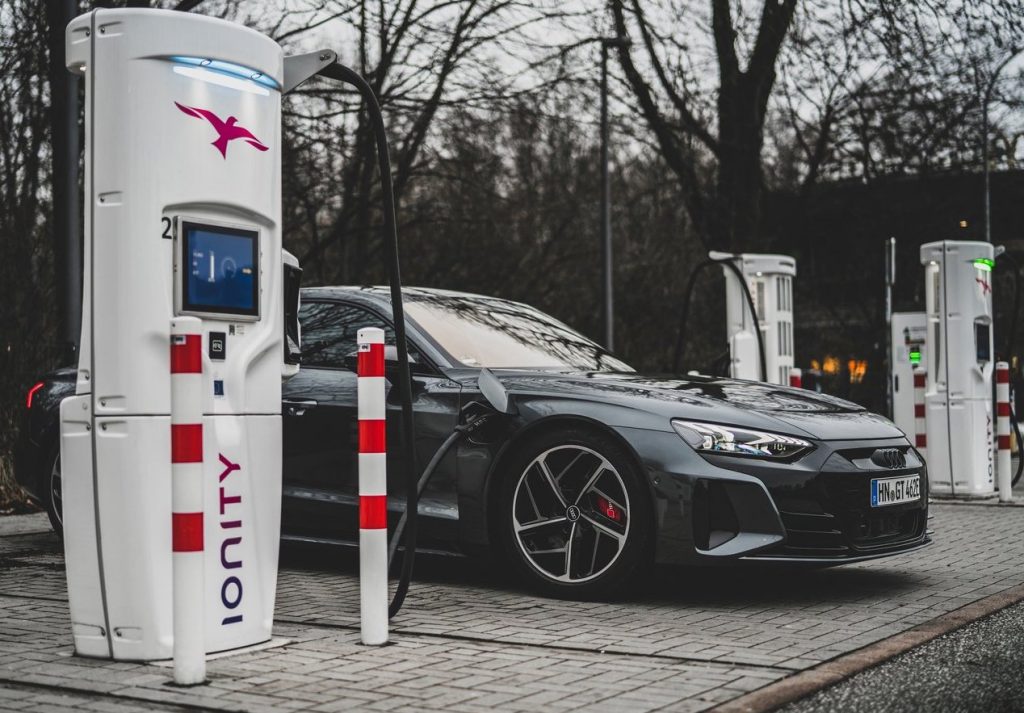
Now let’s get the elephant in the room out of the way first, and attempt to quickly gloss through the well-worn subject of discussion about how EVs can’t go anywhere as freely and as easily as ICE cars can, because of their limited range and still-spotty charging infrastructure. An argument that perhaps hold much less weight these days than before thanks to the improvements in range and charging times that come with the current crop of EVs, this point at its core still nevertheless has some merit to it, as there still requires some degree of forward planning before any journey can be undertaken with an EV these days.
For the ultimate sense of freedom on the move after all, there shouldn’t be a need to plan ahead for where I want to go. If (for the lack of a better hypothetical scenario) I wanted to head to Penang for a plate of char kway teow from KL on a moment’s notice, I should be able to just grab the keys to my car and just like that head north for some delicious noodles, without having to carefully plan it all out first, and then drive on a wing and a prayer hoping I have enough juice to get me there and/or all the charge points that were mapped out are actually working when I get there.
It is worth pointing out here too that this need for forward planning and conscious driving isn’t an entirely Malaysian problem either, as even EV owners in more developed and EV-friendly locales are also having to deal with this hassle. Such is most clearly evidenced by the fact that a surprisingly common post on European and American EV forums are that of owners being proud to have completed a long road trip in their fully-electric cars, and documenting how much planning went into finding convenient chargers en-route, which does sound totally bizarre when put in the context that a modern fuel-burning car should be expected to complete said cross-continent journey extempore.
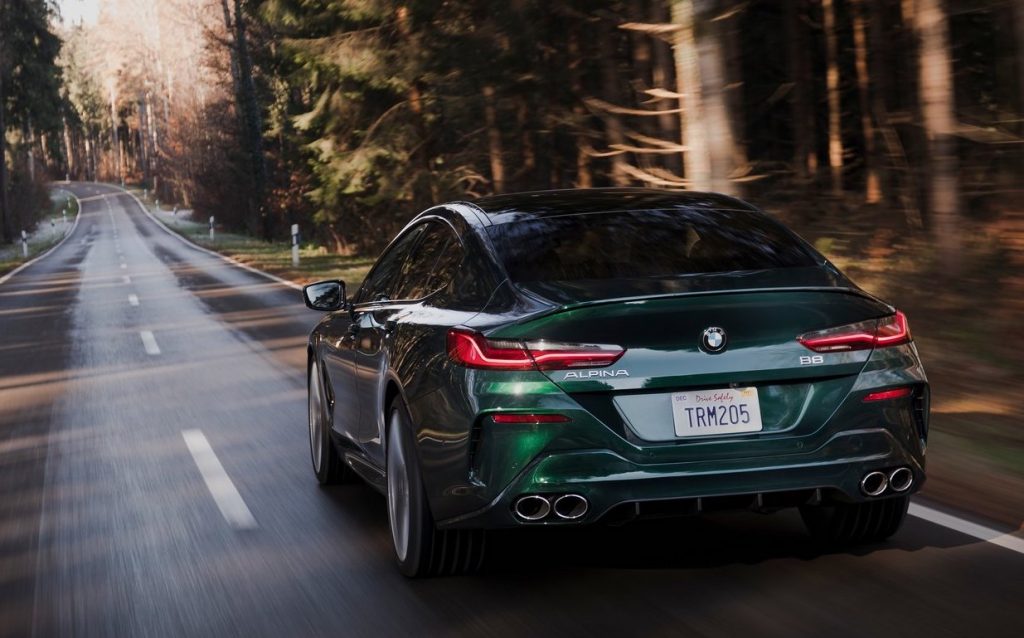
Just to pre-empt any counterarguments to this particular point made above though, I am well aware that the currently sparse and spotty EV charging network will undoubtably improve over time, with incremental improvements to battery tech further making this a non-issue in future. What more is that, if we’re being entirely frank with ourselves, this oft-brought up topic of EVs not being to handle long journeys is in all honesty a tad far fetched, as not everyone out there looking for an EV will likely ever partake in spontaneous road trips that span states or even continents anyway.
In fact, most prospective EV buyers these days will likely only use their cars for commuting within the city. With that said however, even driving around town could easily deplete an EVs available range, and the subsequent range anxiety that comes along with seeing the available miles slowly tick down before a charge is required still does limits the freedom that a car should supposedly be granting its user.
And if we’re being entirely specific, the range anxiety specified here isn’t really about the stress associated with having an EV run out of range before reaching the next charging point. There is after all a modicum of range anxiety to go with ICE cars too. Instead, it is however the added mental load of deciding against going to destinations, because of the need to factor in additional time of loitering around a charging point in order to eventually make it to said destination.
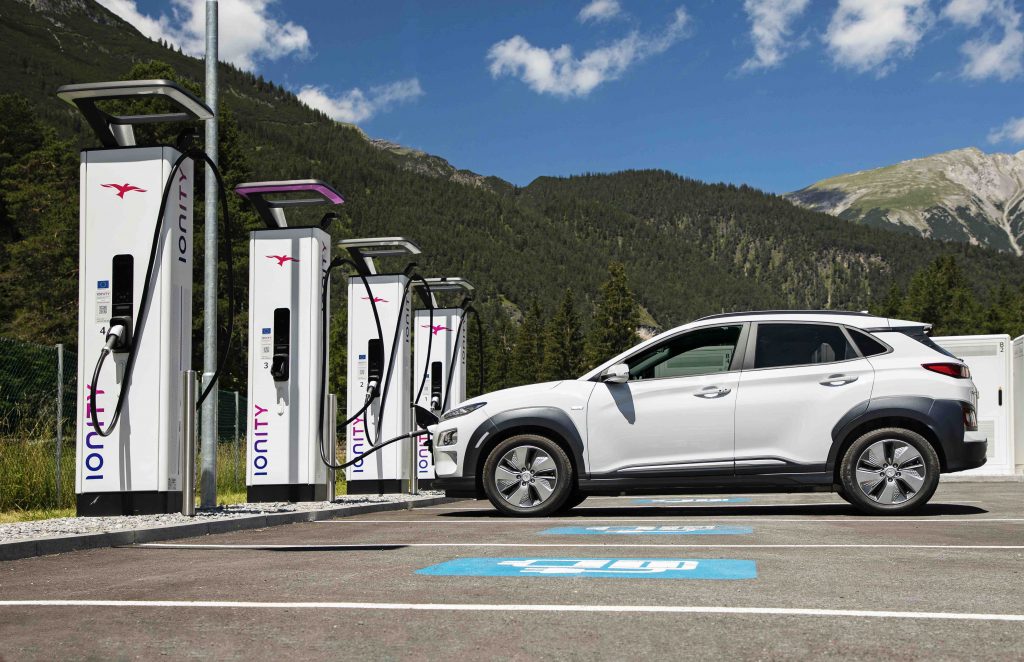
To paint an everyday scenario illustrating this predicament, anyone would likely be more inclined to reject an invitation a late-night Bak Ku Teh supper at Klang after finishing up with a mamak session in Subang, if it were to involve at least a half an hour wait at a rapid charger. Relative to a quick splash and dash that is a minor inconvenience adding 5 minutes to a journey, it is perhaps this additional inertia that stems from the thought of having to endure a comparatively prolonged top-up time which would make even these impulsive intra-city journeys less likely to happen in EVs.
Simply put then, the current states of EVs still feels as if there are strings tethering the limits of its use, which goes against the base benefit of freedom that the car is supposedly to offer. Furthermore, the feeling of being tethered does not only apply to when out and about in an EV, as there is also an argument that can be made for current EVs to even restrict one’s freedom when no one is actually in it.
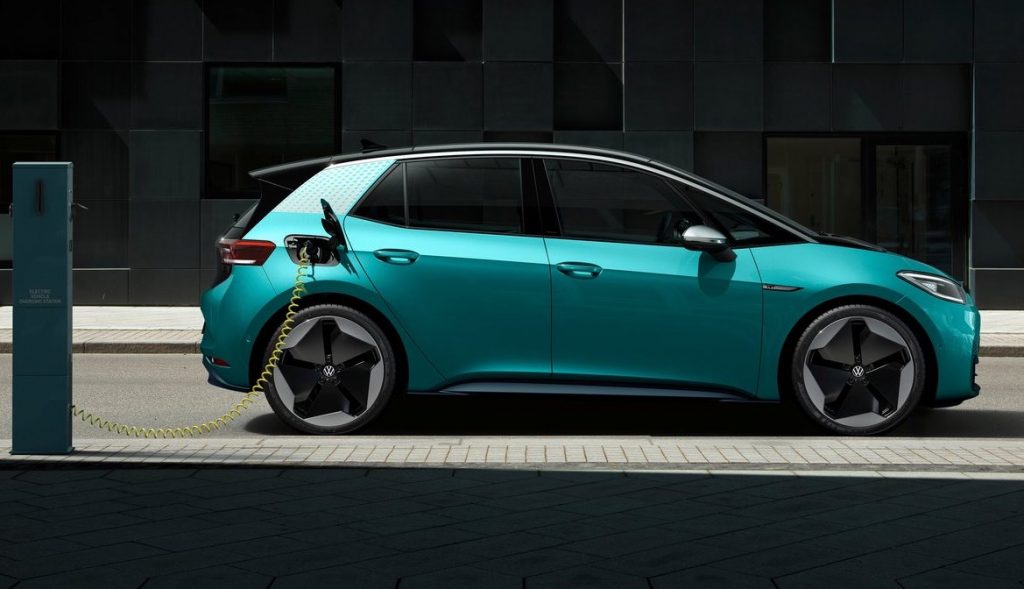
Going back to the common posts that appear on EV owners forums, another regular topic of discussion surrounds the issue of public charging bay courtesy and the recurrent shaming of its abusers. But while there are some genuine charge-port hoggers that deserve their fair share of ridicule, most of the time however it does seem for those who are named and shamed are just ordinary folk who are still in the midst of doing their shopping when their cars just happens to have fully charged.
So in order to not be branded as a charge-port hogger then, one’s freedom to roam around the mall — or just doing anything outside really — without a care in the world would be tethered to the amount of minutes left to charge their EV. And this would rather put a dampener on any plans to perhaps catch a long movie, or even just to exercise the favourite Malaysian past time of idly enjoying the air-con while loitering in a shopping mall for hours on end.
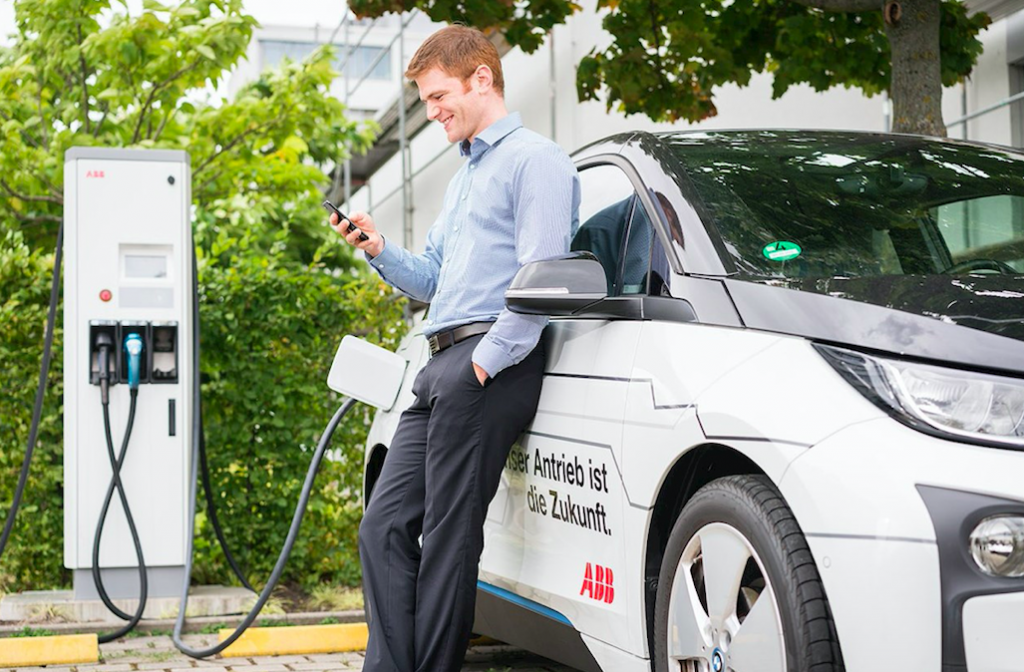
Some of course will now chime in with the usual retort of: Why don’t you just park in a non-charging bay then? And yes, you’re right, that is certainly an option to avoid all this aforementioned hassle and stress if you’re just trying to nab a free charge at the shopping mall for instance.
But this counterpoint really breaks down when talking about performing a quick top up on the highway or charging overnight at a hotel. In both these relatively common scenarios where charging is both essential to continue on one’s journey and one is not going to staying in or even be near the car while it charges, courtesy therefore dictates for there to always be the need to constantly keep track of your EV’s state of charge and move it away when its done so that others can use the facility too, which does sound stressful and exactly free-ing does it?
Taking all this into account and going by the basic concept of the car as a tool that offers freedom then, EVs in their current state at least still does not seem to really fully fulfil that premise yet. And while this will inevitably not be the case in the future as battery technology and infrastructure development progresses; but for now though, it does look that there is no beating an ICE as the default example of what a car truly and fundamentally do.



